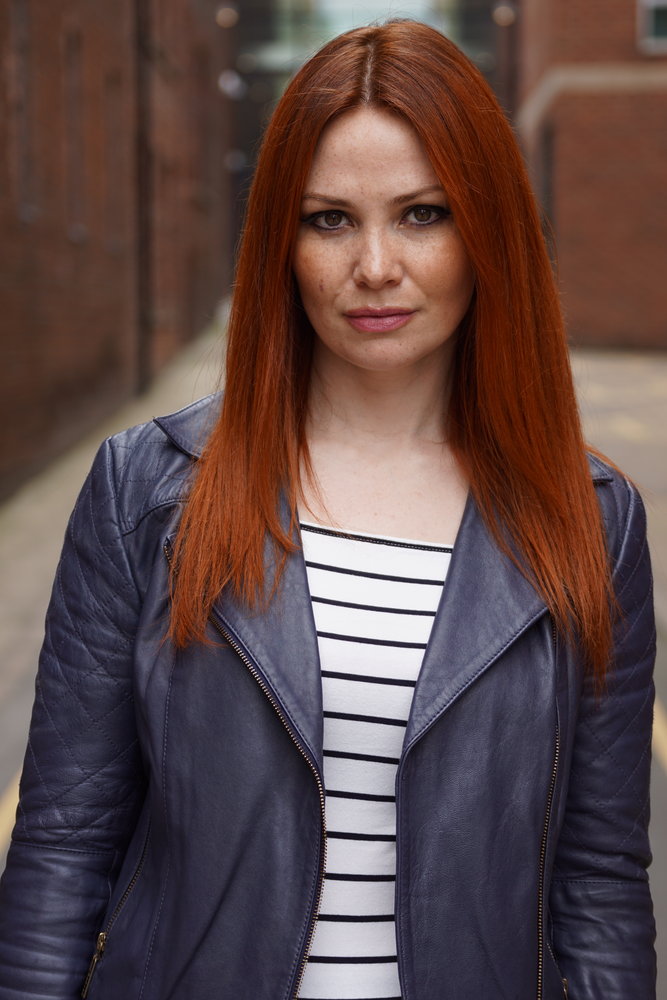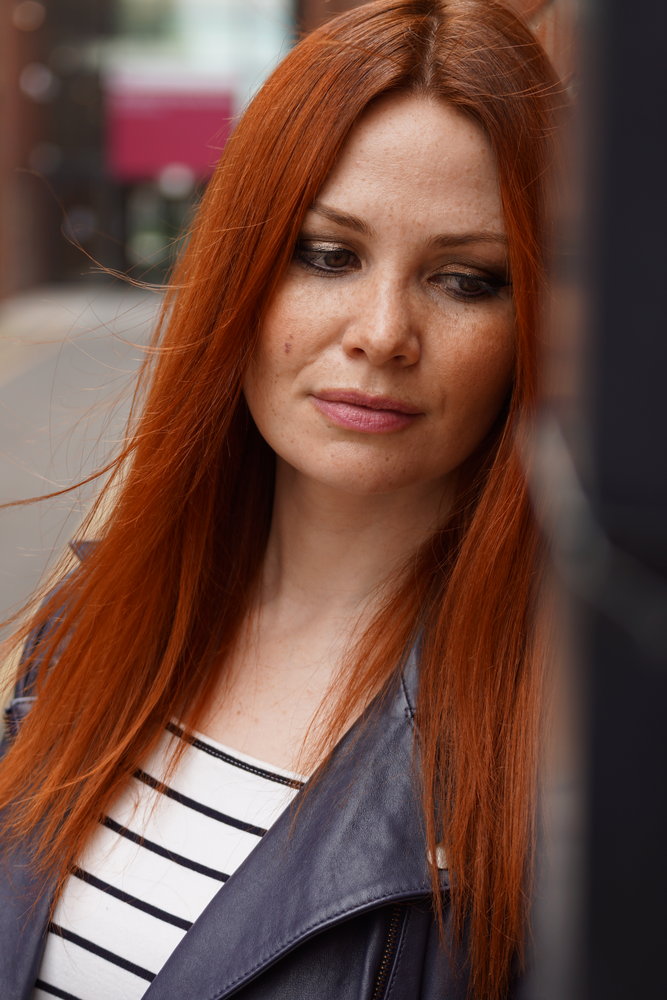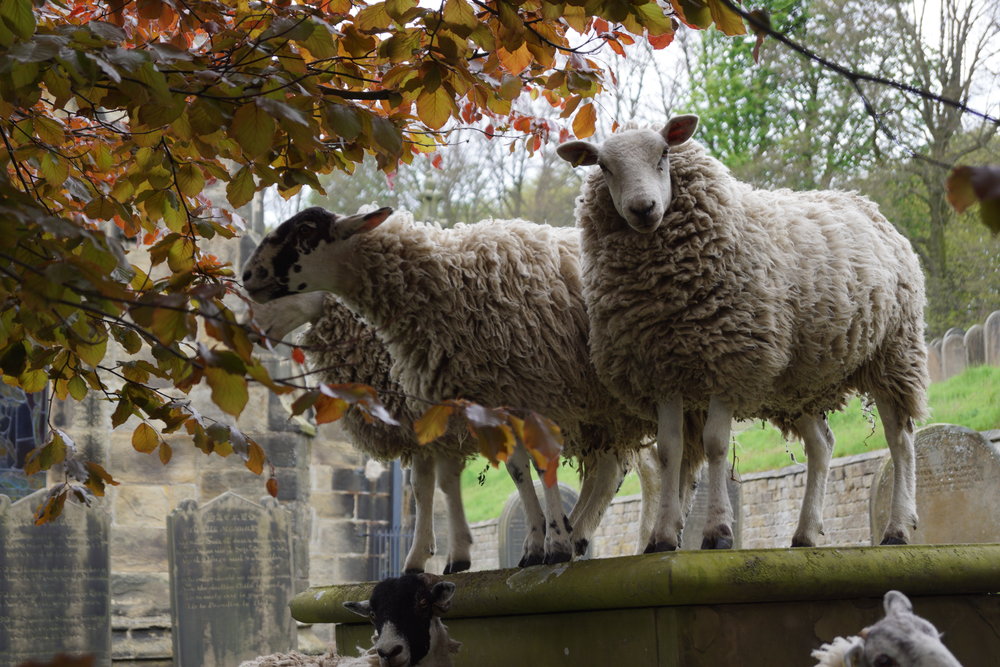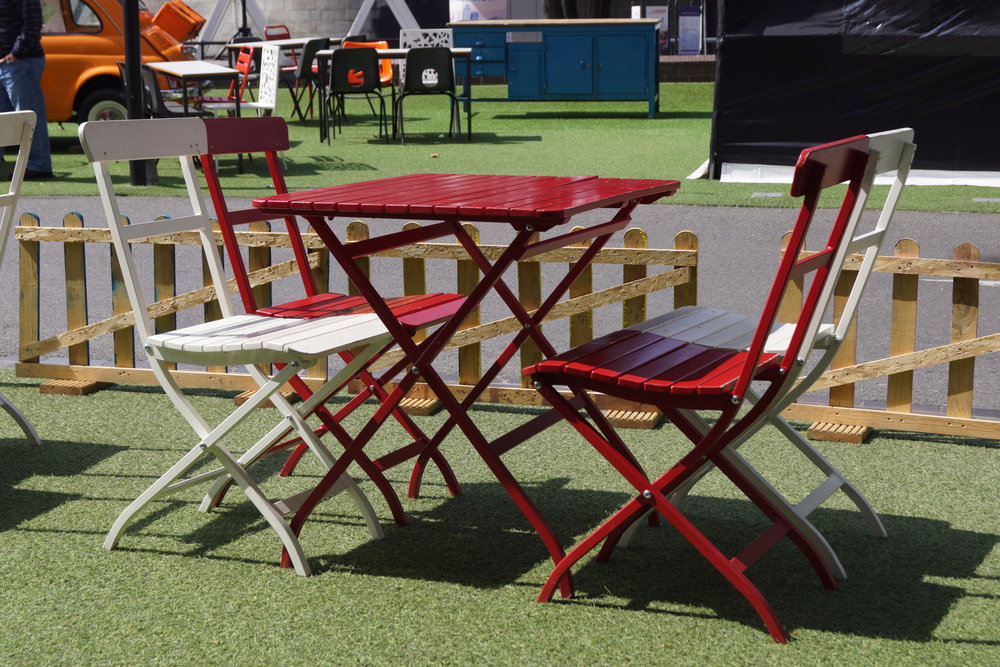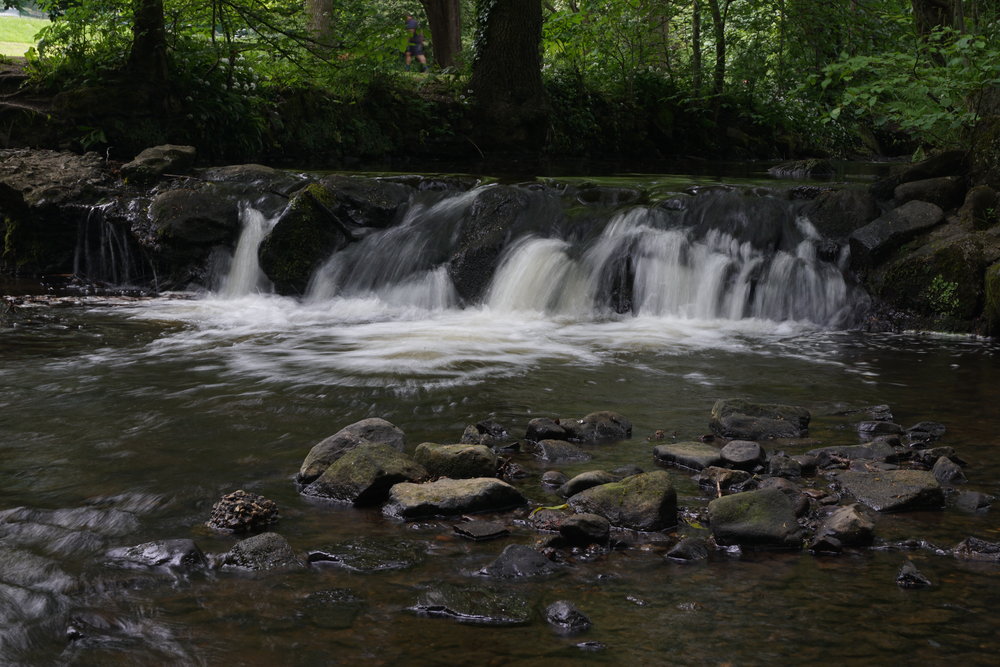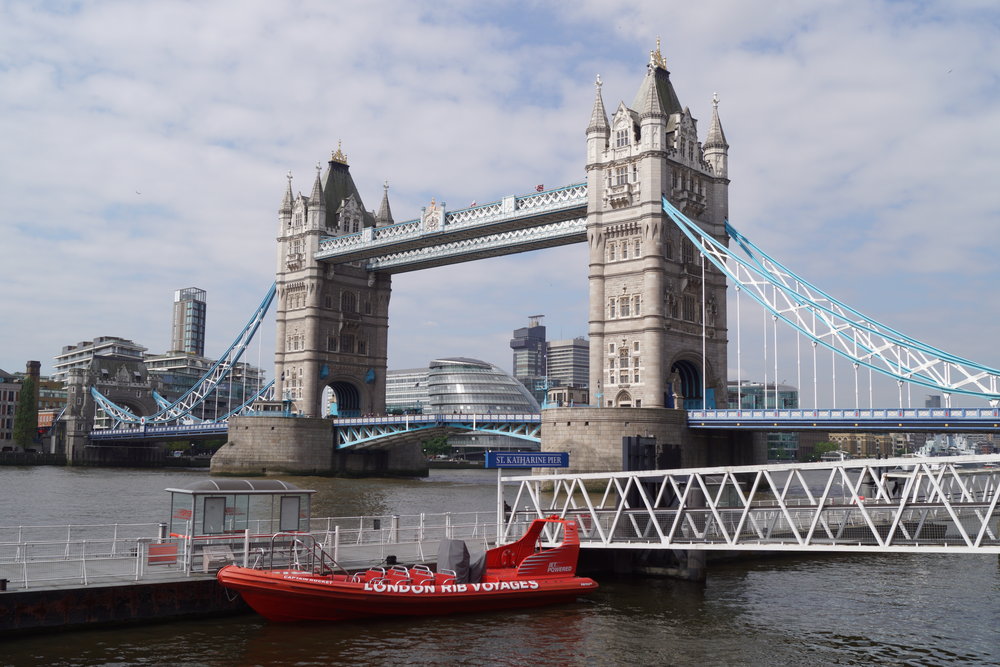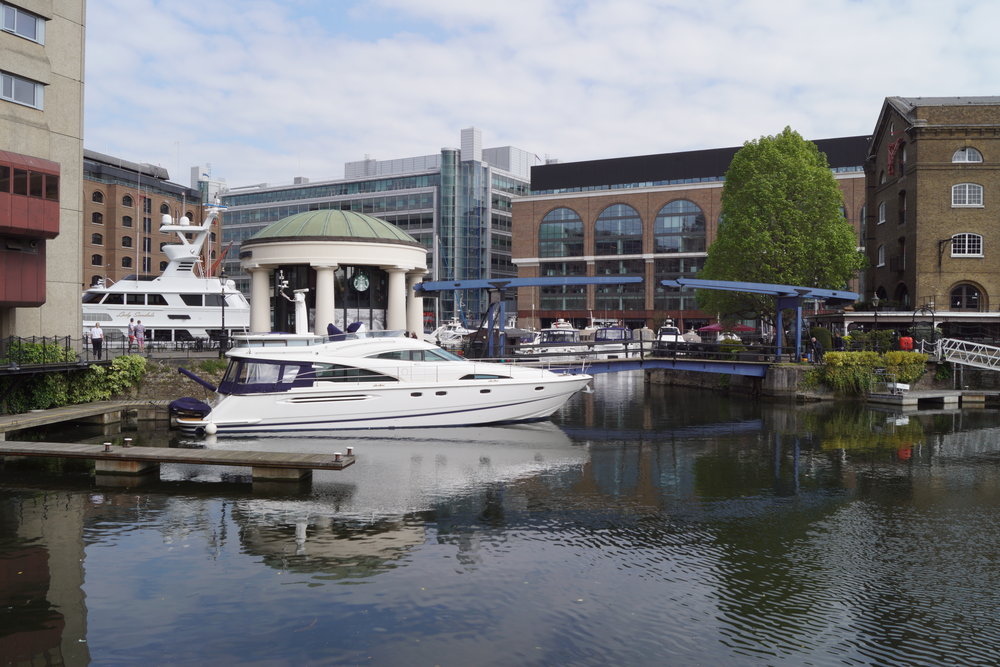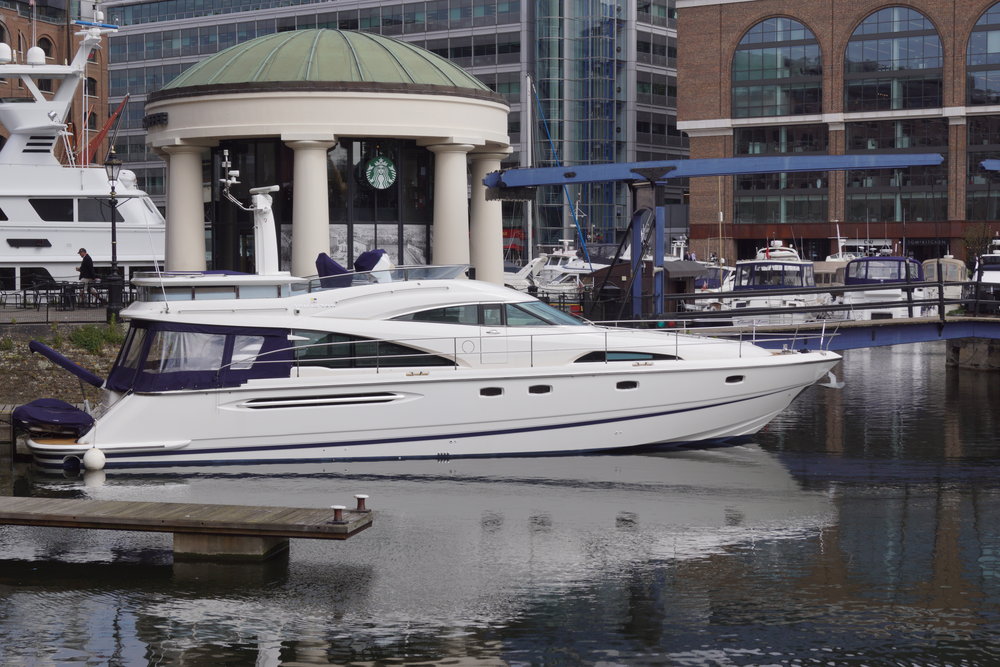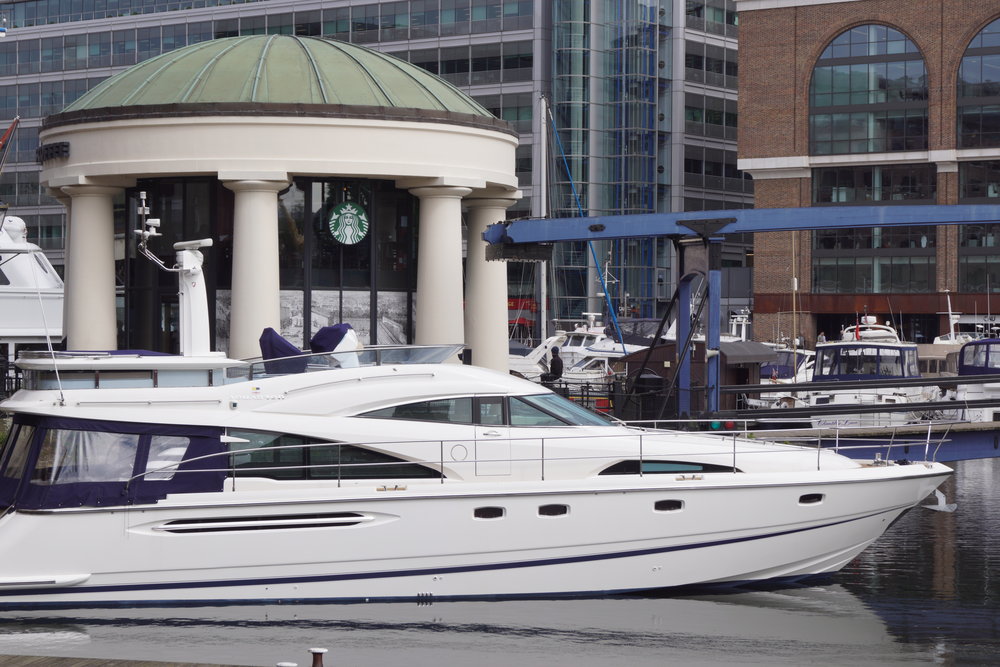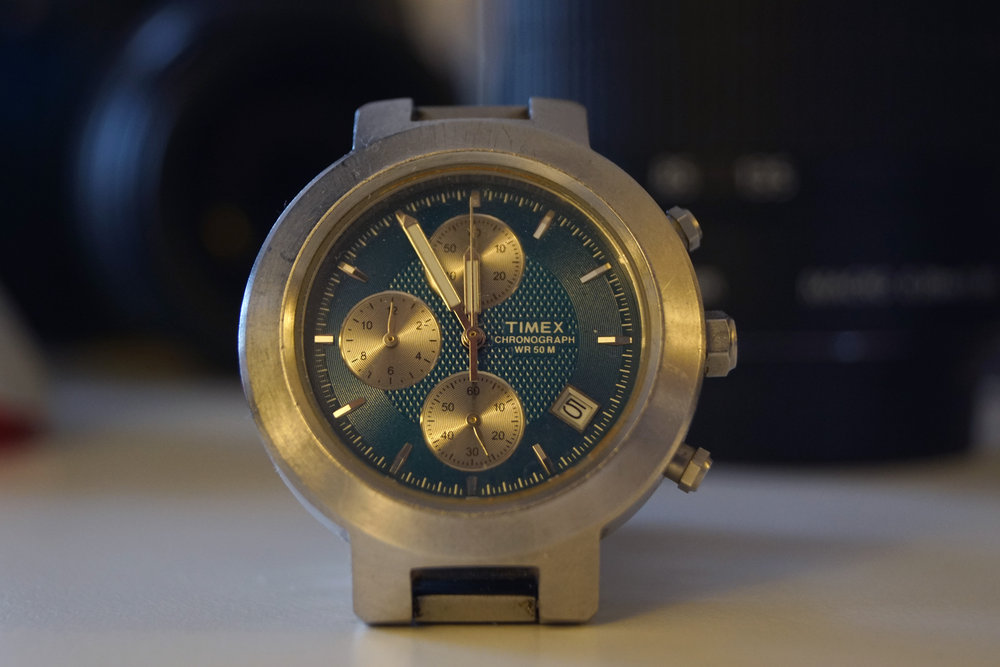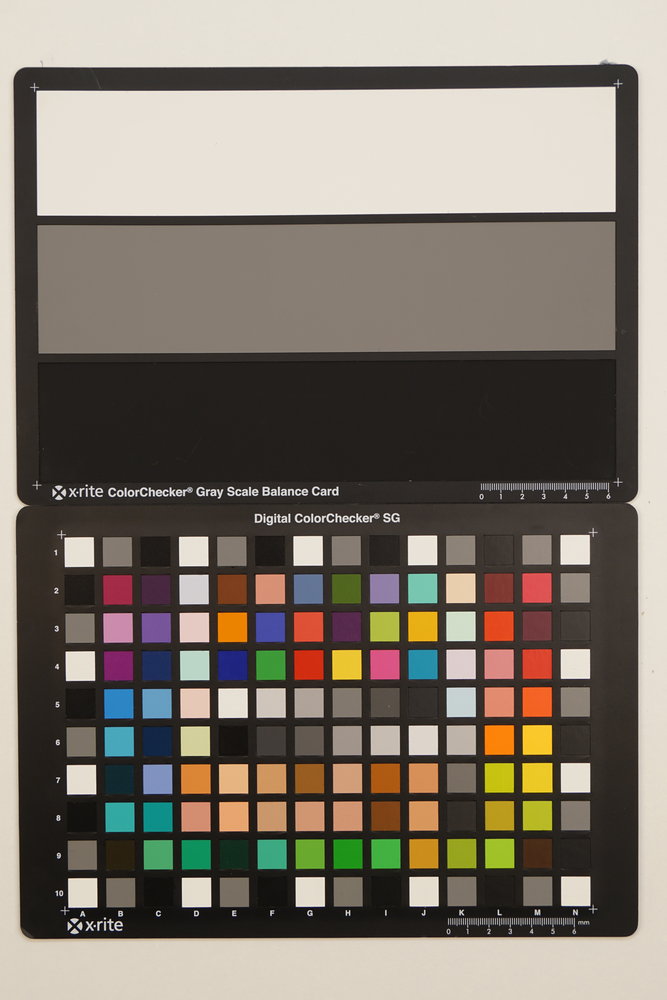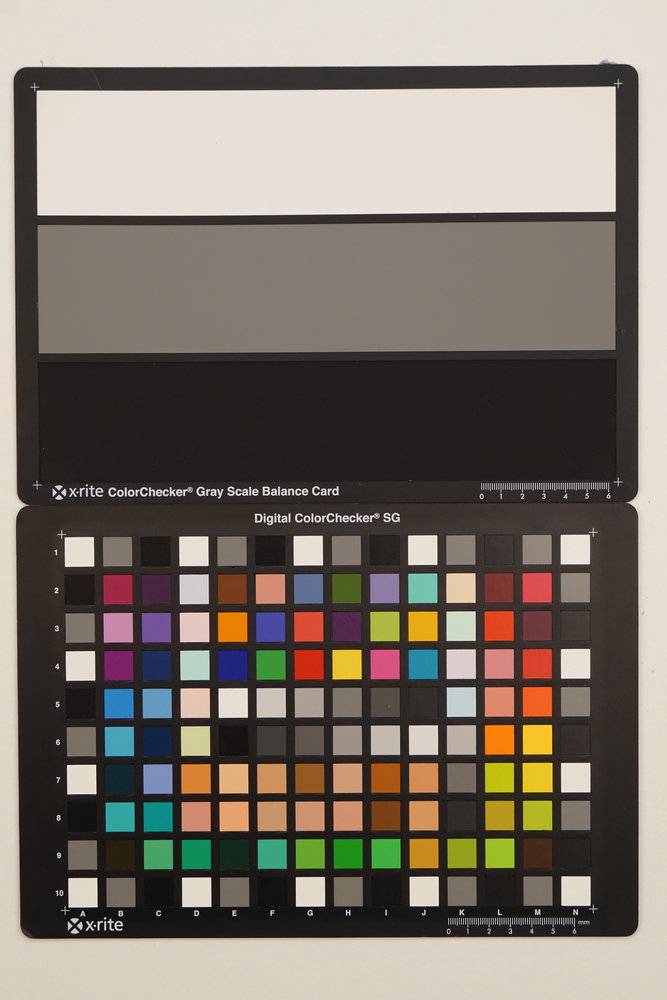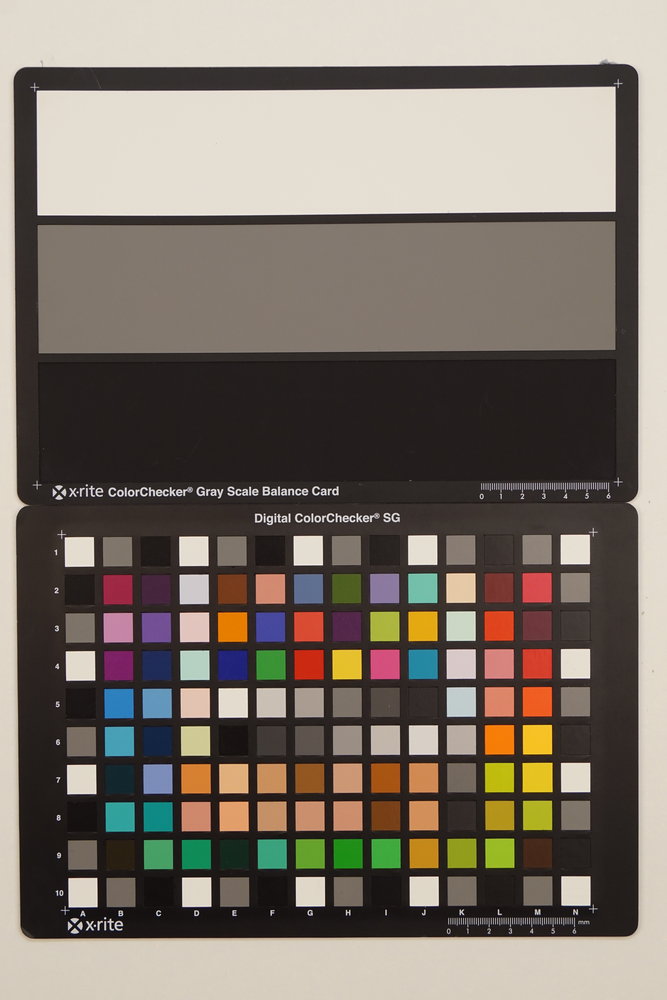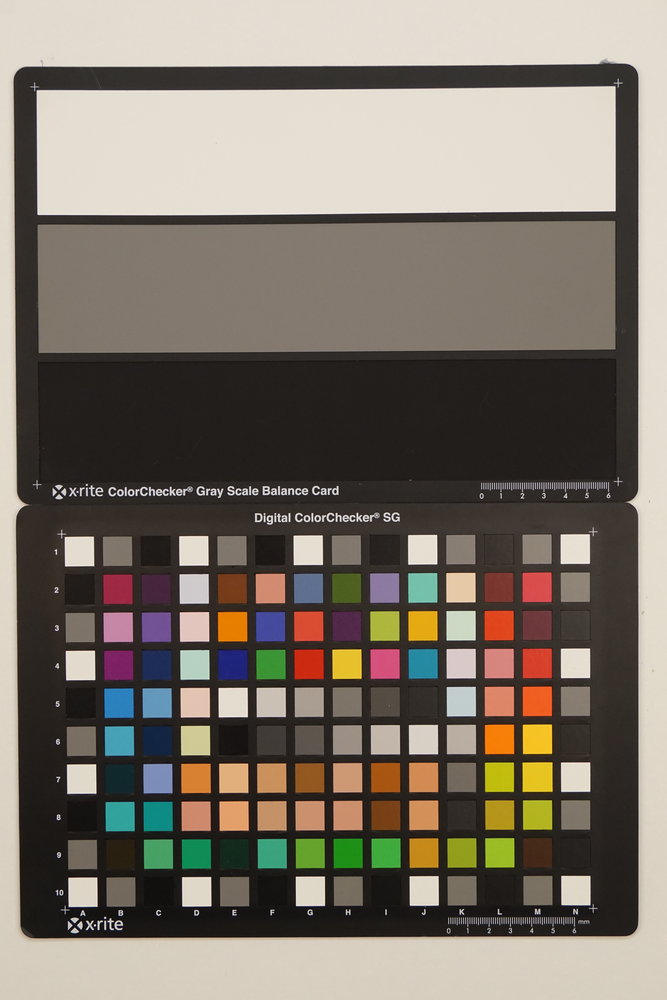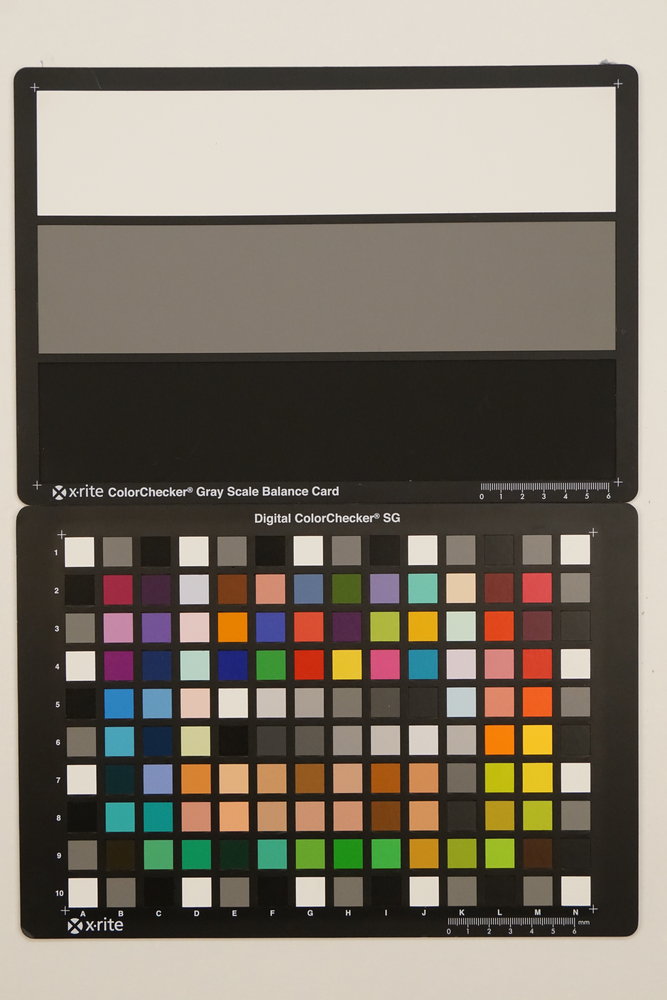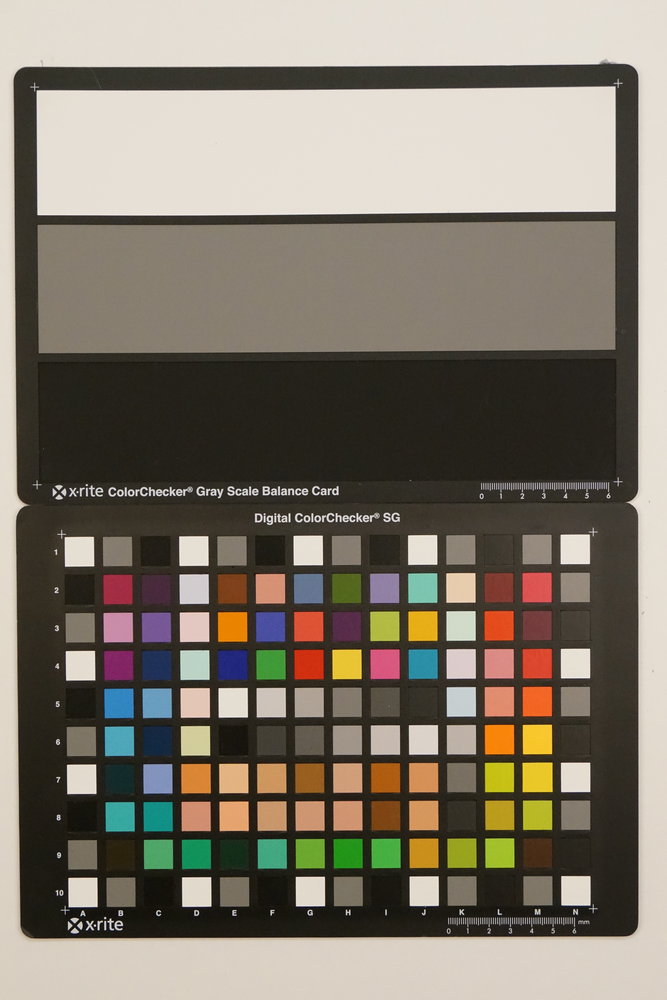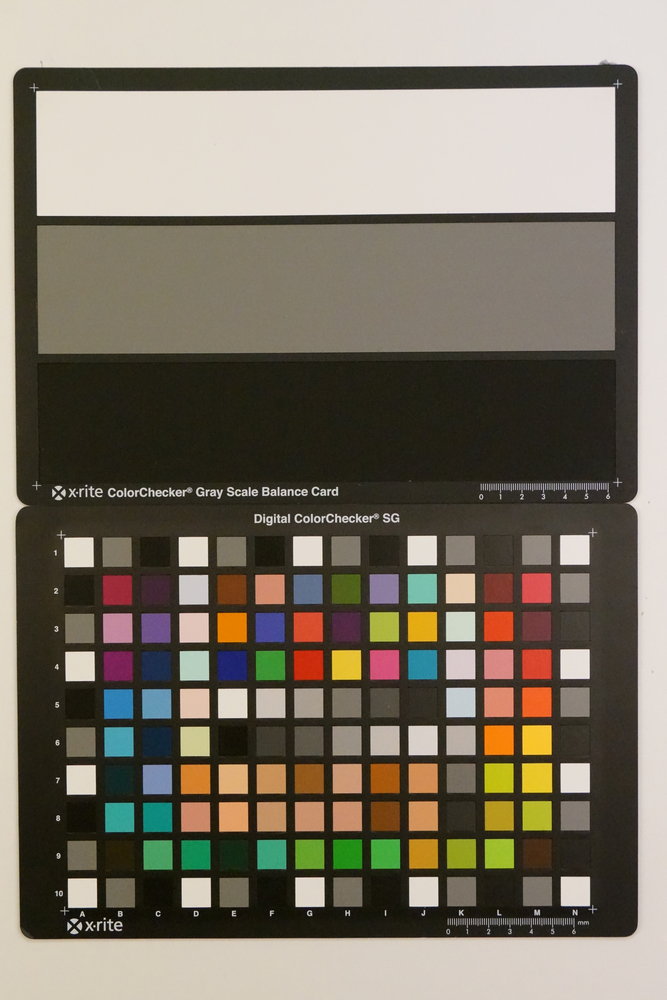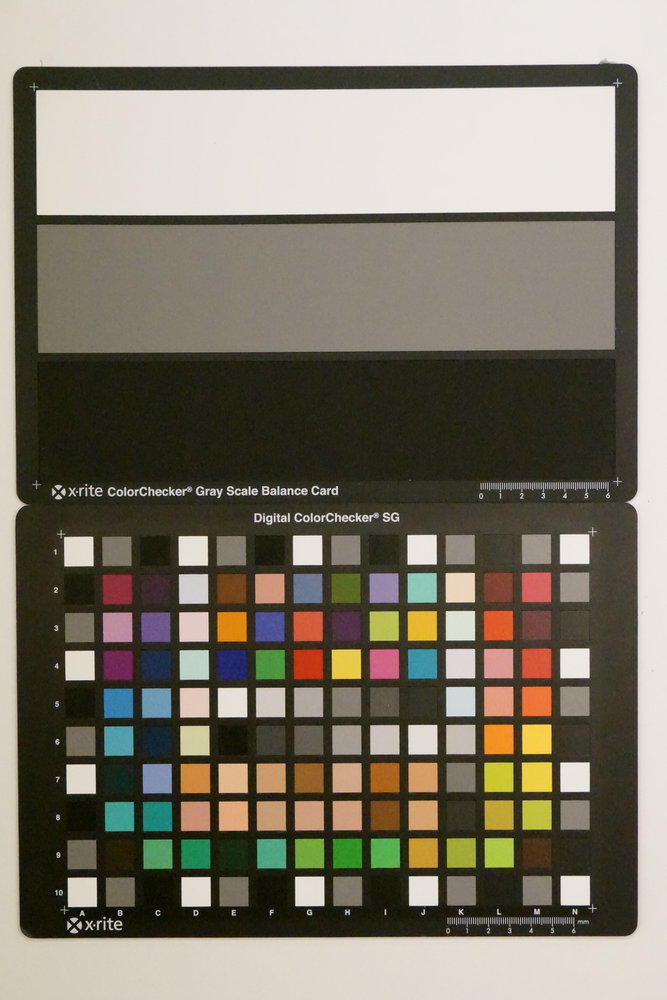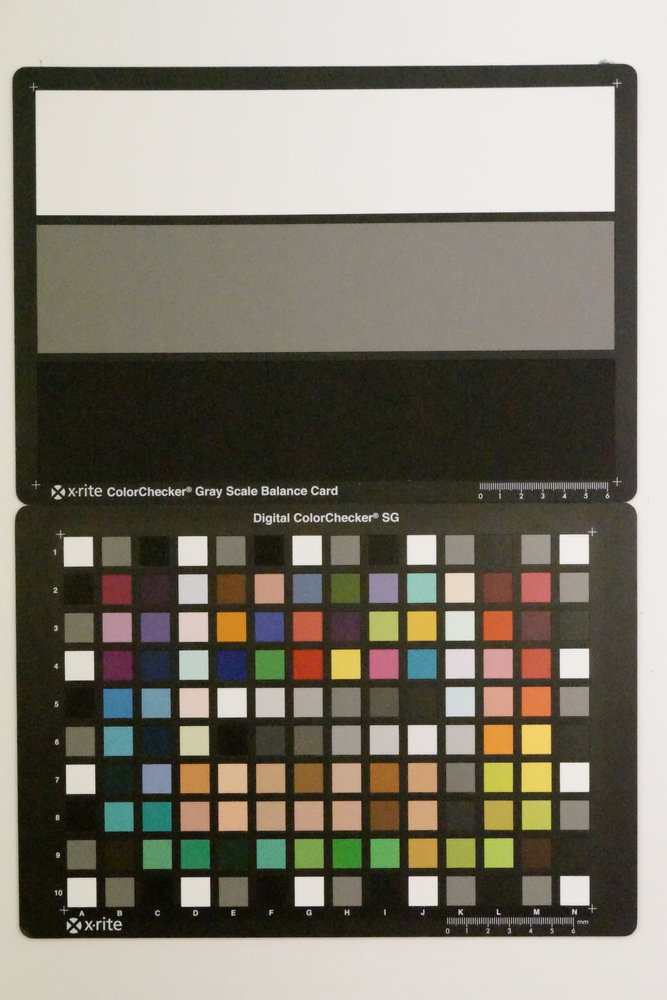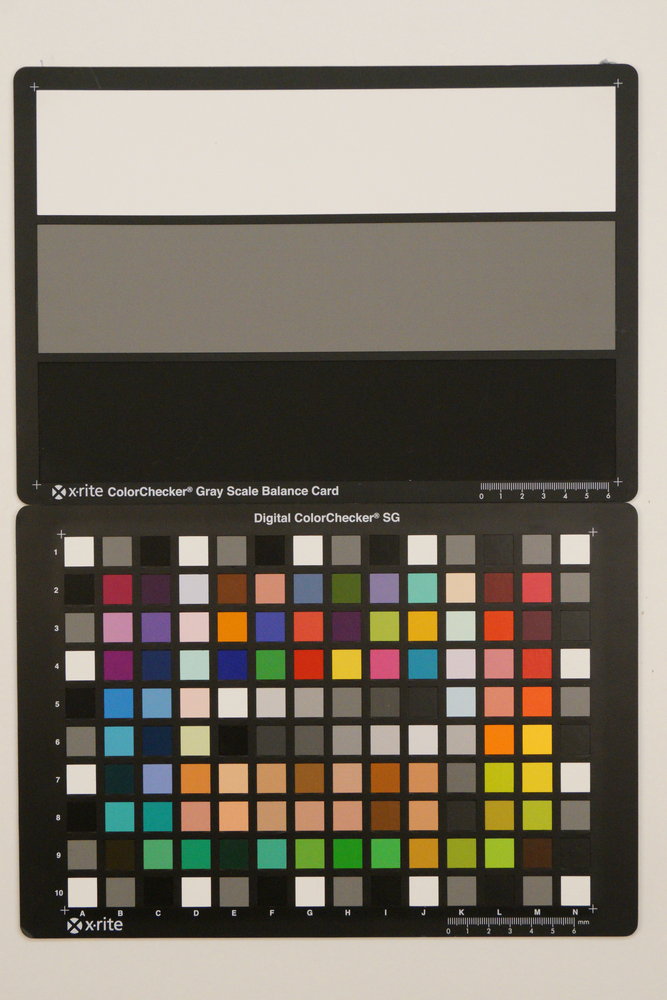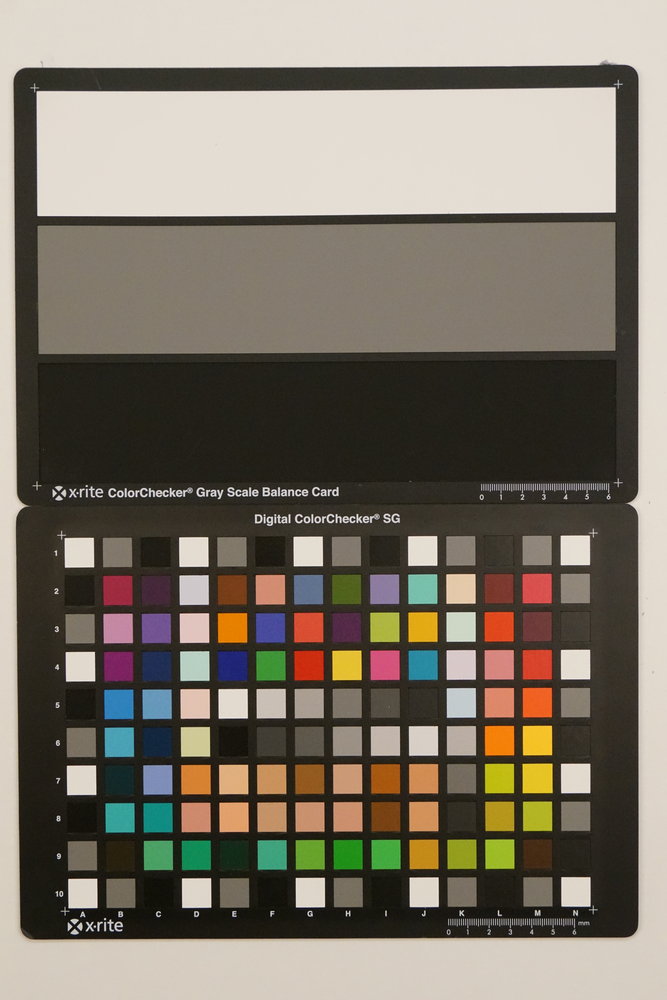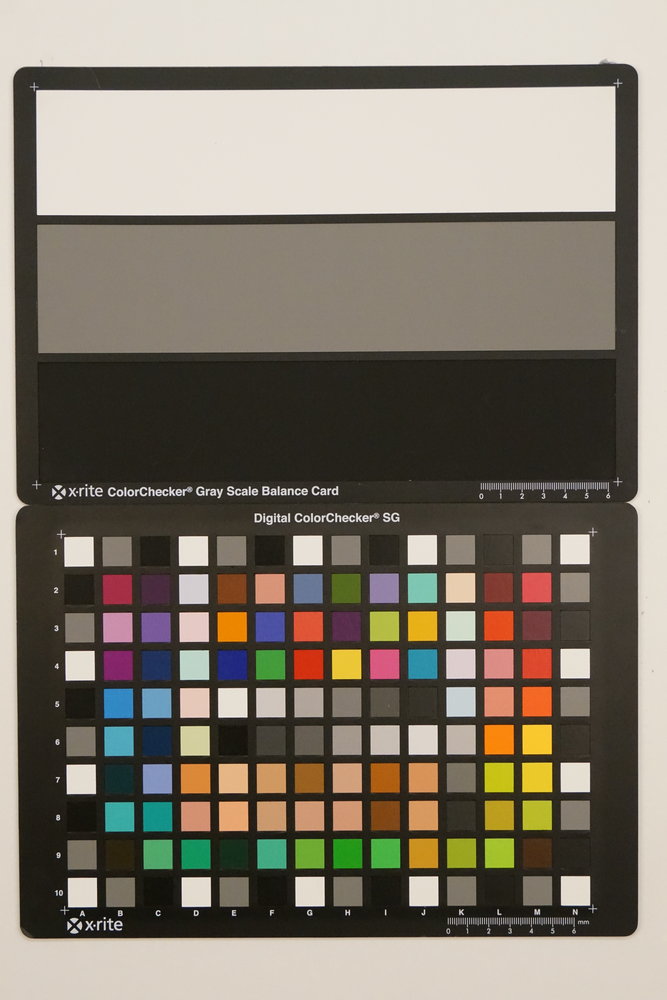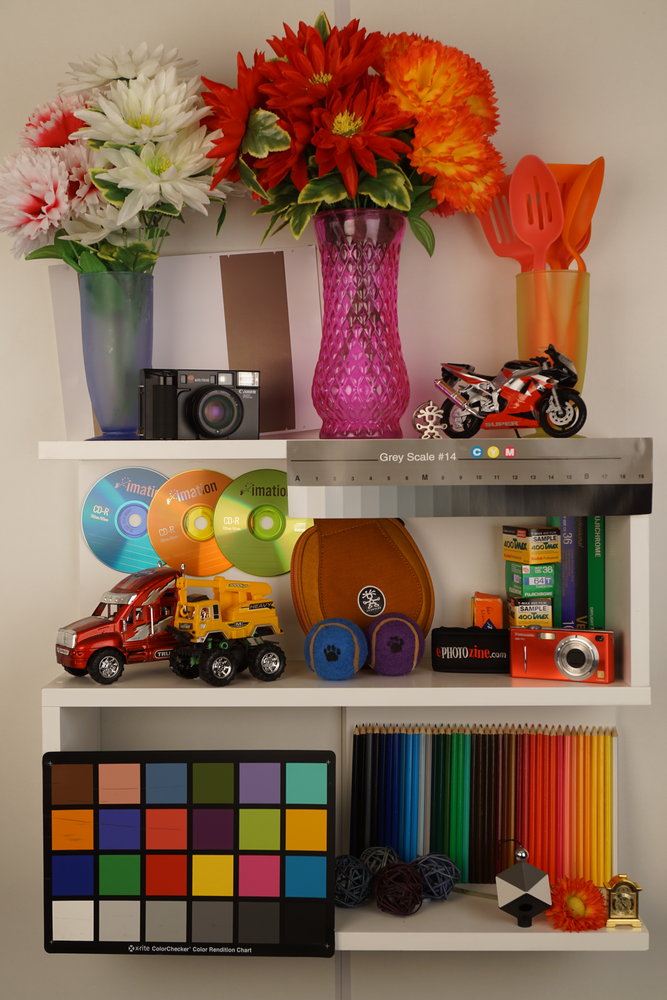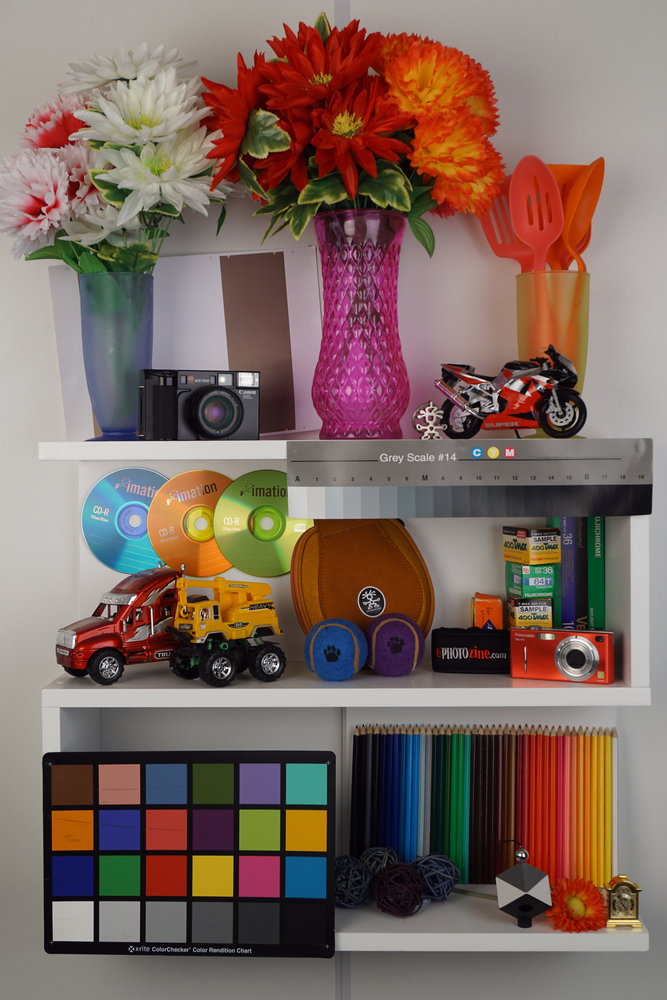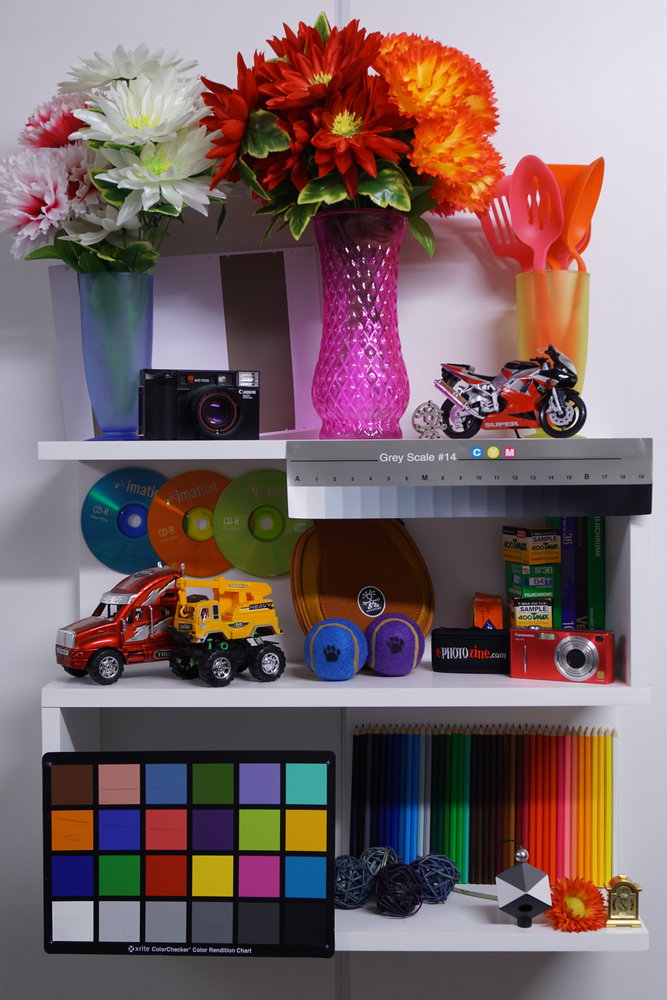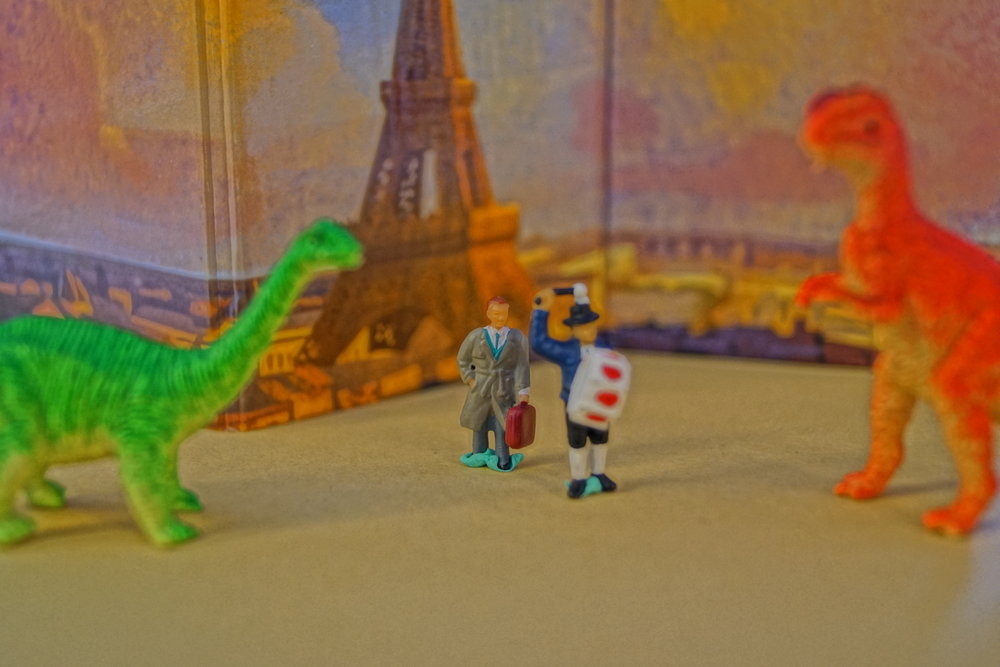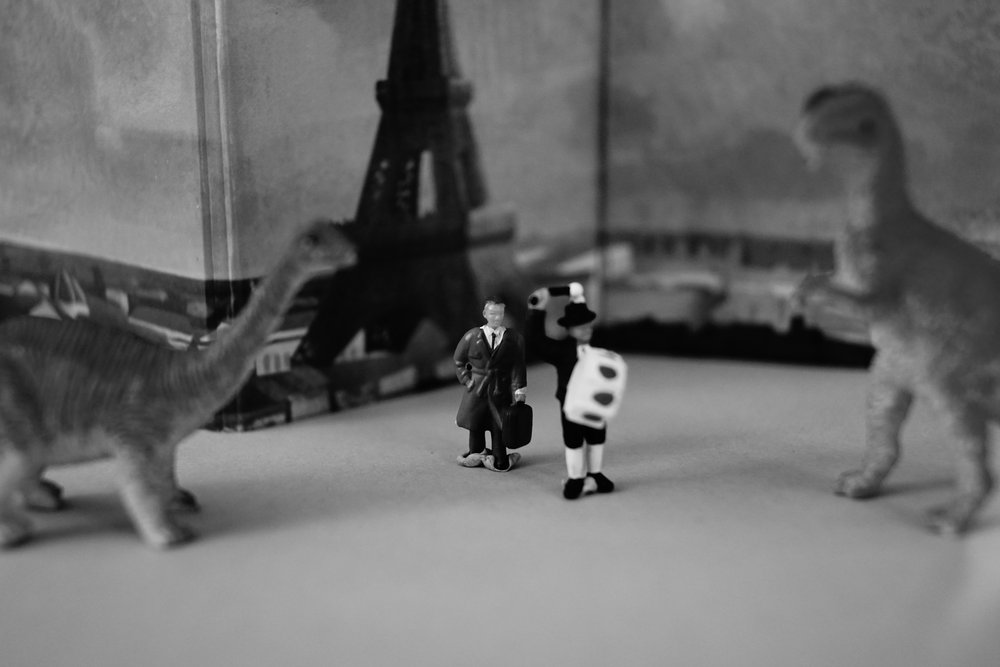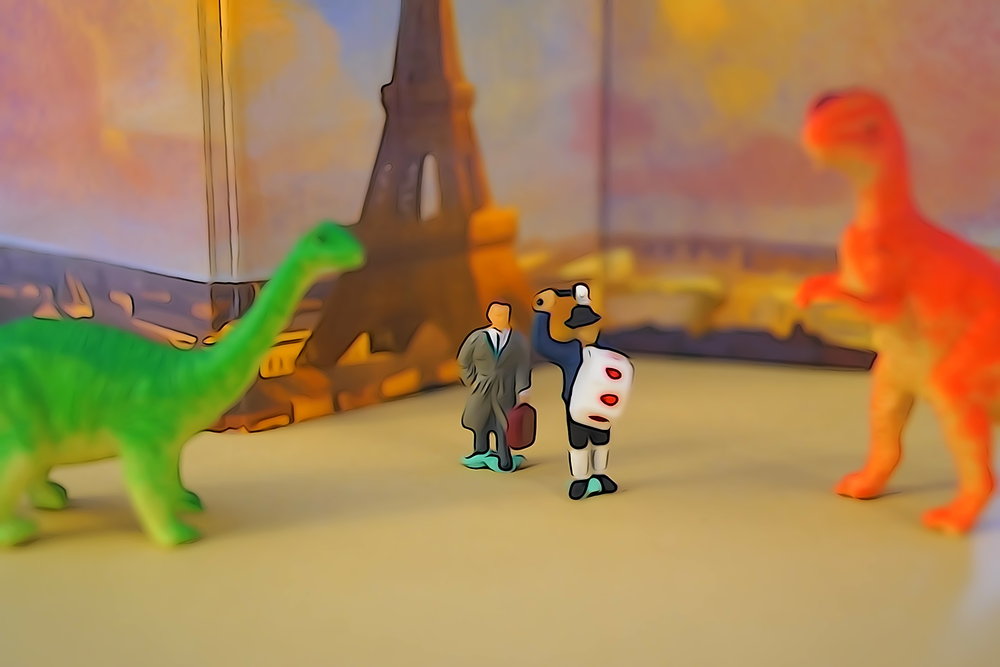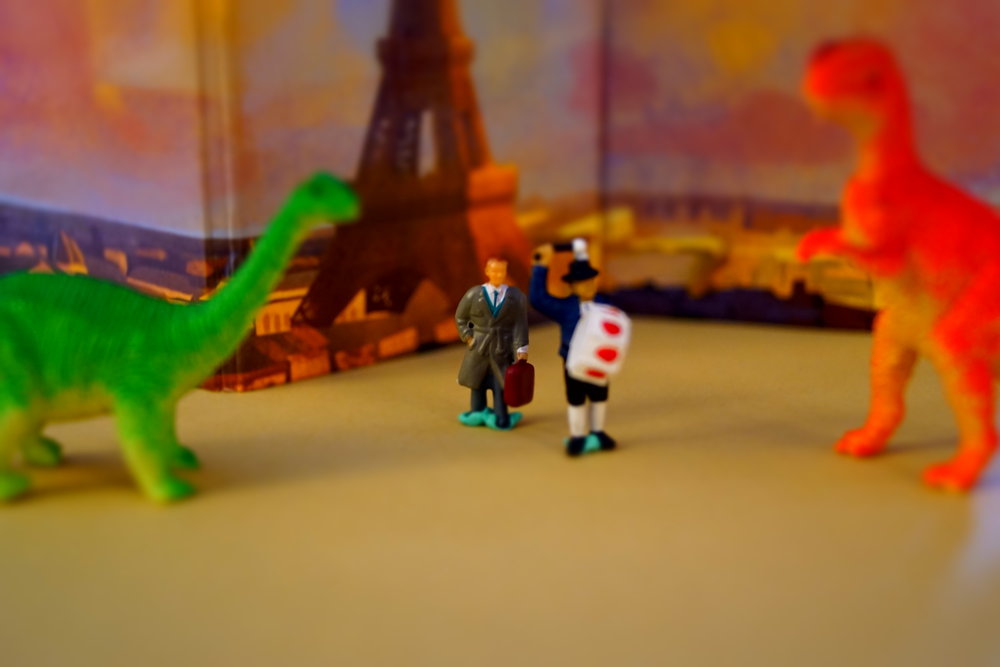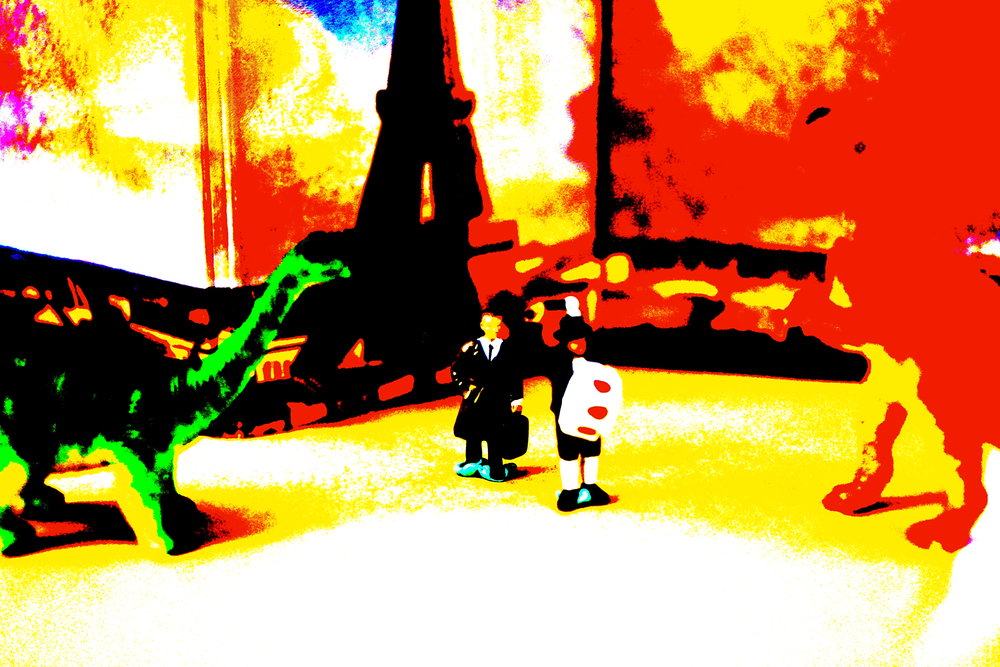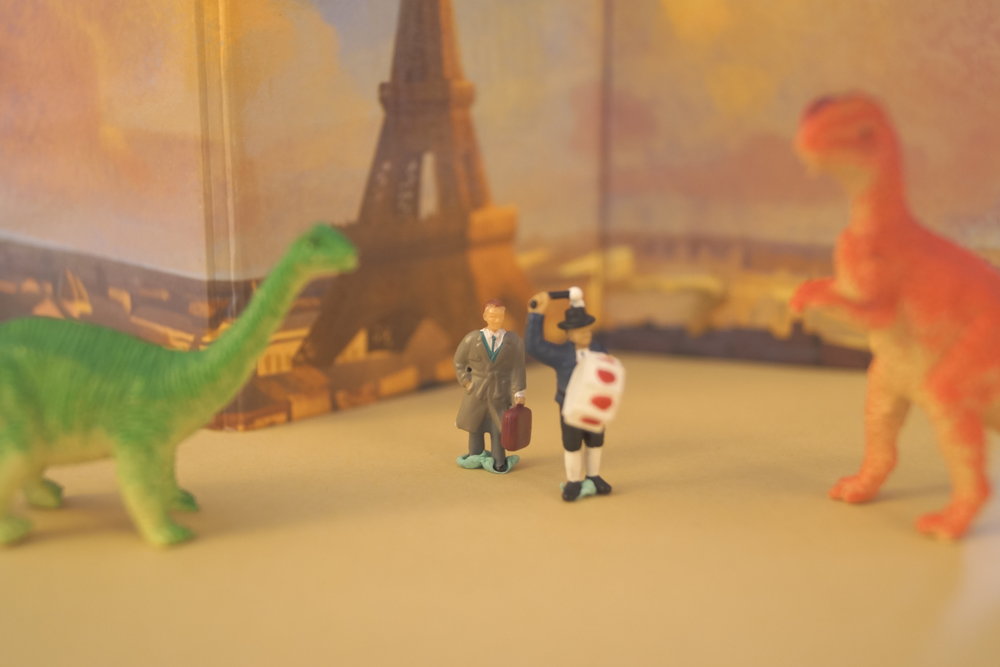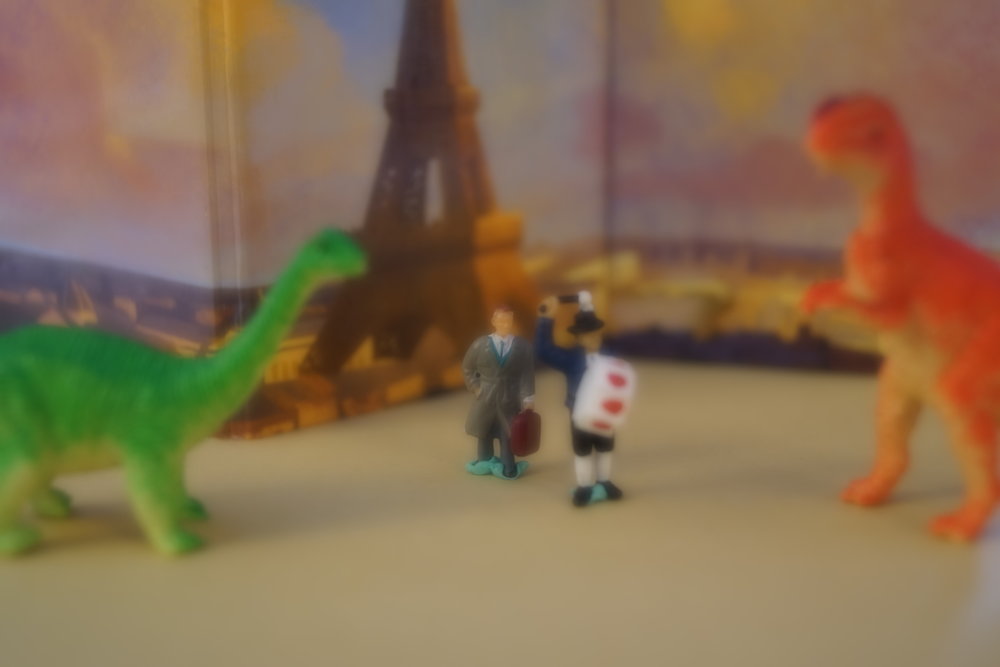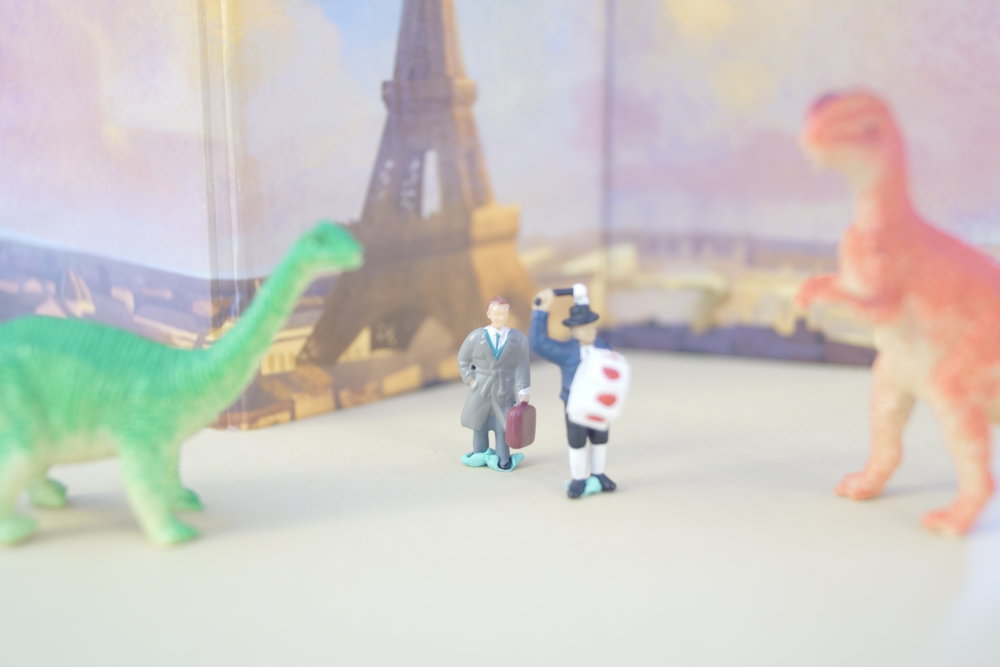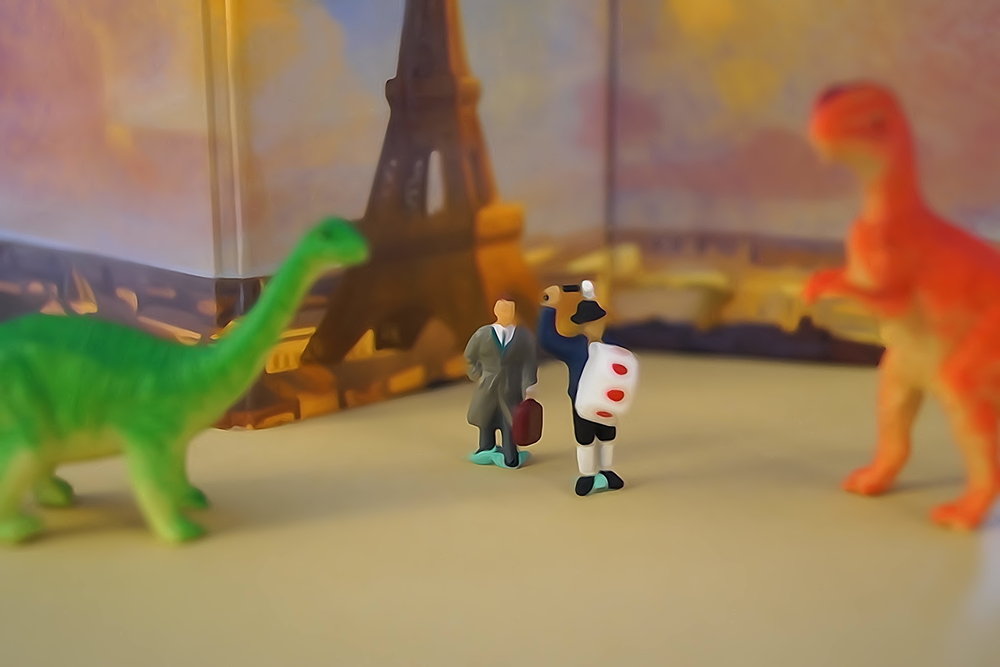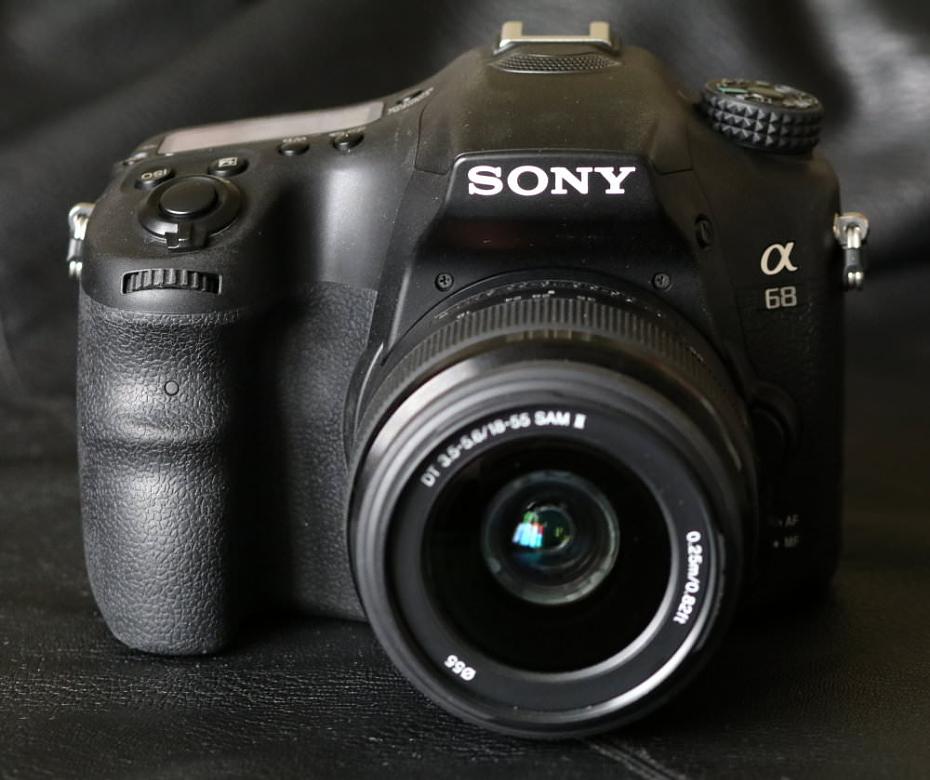
The Sony Alpha A68 is a step up from the Sony Alpha A58, and features the same focusing system from the Sony Alpha A77-II, with 79 AF points, and 4D focus tracking, along with focus that works down to -2 EV. The camera features a 24 megapixel APS-C CMOS sensor, and a top LCD display screen.
Sony Alpha SLT-A68 Features
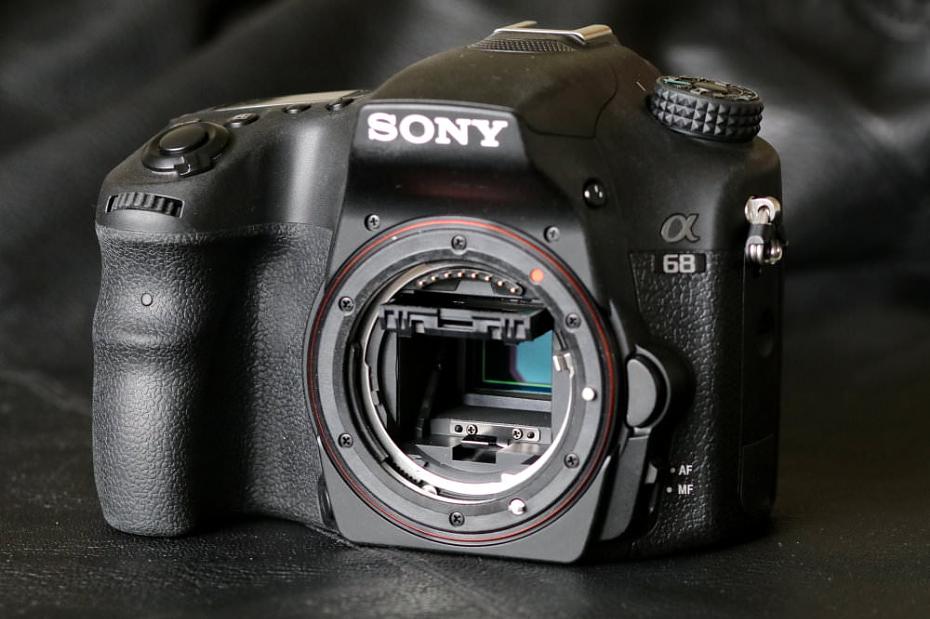
At the core of the Sony Alpha A68 is a 24 megapixel APS-C CMOS sensor, with an ISO range from ISO100 to ISO25600, and the camera has a 4D tracking focusing system with 79 phase detection AF points, 15 of these being cross-type.
The camera uses Translucent Mirror Technology, which enables full-time continuous AF, and the camera can shoot at 5fps at full resolution or 8fps at a reduced resolution. Because of the translucent mirror technology, the camera uses an electronic viewfinder (EVF), and this features a 1.44million dot resolution.
Steadyshot INSIDE moves the image sensor to give image stabilisation to any Sony A mount lens attached to the camera, with electronic stabilisation being used for video recording. The camera records fullHD video at 60, 50, 30, 25, and 24fps, and features a microphone socket on the side, as well as built-in stereo microphones.
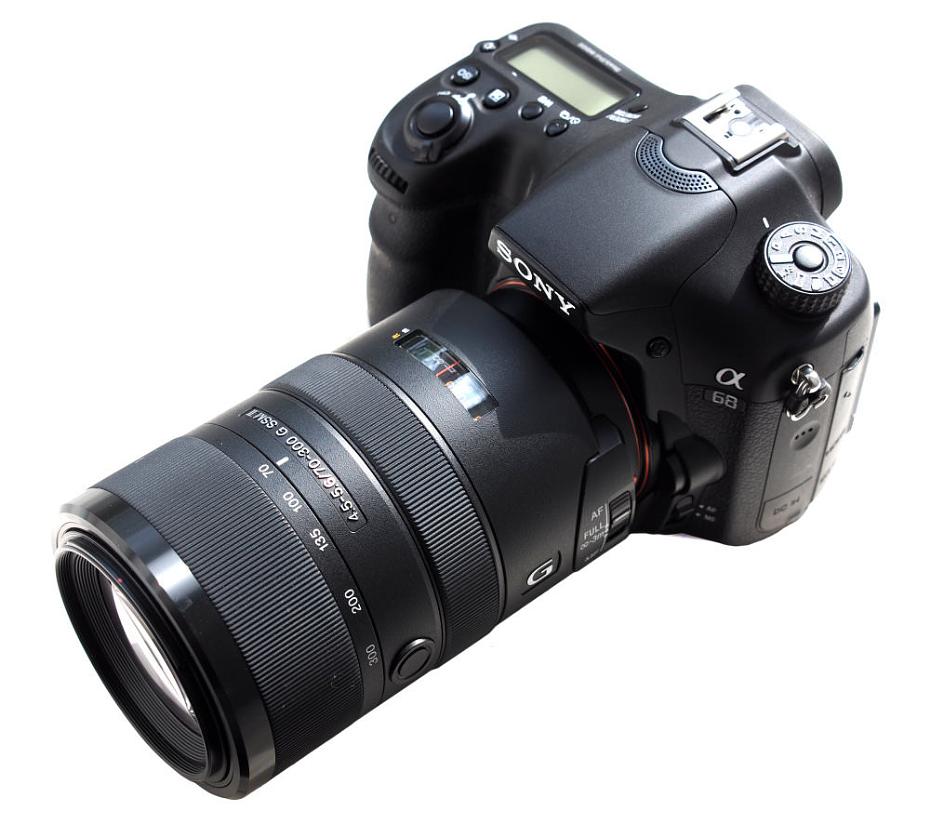
To give you a better idea how this camera fits into the market, we've compared the camera to other Sony Alpha SLT cameras which includes the Sony Alpha A58, A65, and A77-II:
| Sony Alpha A58 | Sony Alpha A68 | Sony Alpha A65 | Sony Alpha A77-II |
| 20.1mp | 24mp | 24mp | 24mp |
| 1.44m dot EVF | 1.44m dot EVF | 2.36m dot EVF | 2.36m dot EVF |
| 2.7inch 460k | 2.7inch 460k | 3inch 921k | 3inch 1228k screen |
| 5fps (full resolution) | 5fps (full resolution) | 10fps (full resolution) | 12fps (full resolution) |
| ISO100 - ISO16000 | ISO100 - ISO25600 | ISO100 - ISO16000 | ISO50 - ISO51200 |
| 15 AF points | 79 AF points | 15 AF points | 79 AF points |
| FullHD video | FullHD video | FullHD video | FullHD video |
| 690-700 shots | 580 shots | 510 shots | 470 shots |
| - | - | - | Weather-sealed |
| - | Top LCD | - | Top LCD |
| £249 with lens | £510 body only | Discontinued | £764 body only |
* both the A58 and A68 offer quicker continuous shooting at 8fps at a reduced resolution of 5mp / 6mp respectively.
The camera features full manual controls, an intelligent Auto mode, scene modes, plus 3 custom shooting modes. There are a number of creative effects, to create different styles of photographs, and with full-time live view through the screen or EVF you can see the effect of changes you make to settings before you take the photo. The 2.7inch screen tilts up and down, and has a resolution of 460K dots.

Key Features
- 24 megapixel APS-C CMOS sensor
- SteadyShot Inside (sensor based image stabilisation)
- EVF: 1.44million dots, 0.39inch, 0.88x magnification (0.57x 35mm equivalent)
- 2.7inch tilting screen, 460K dots
- 8fps continuous shooting with AF tracking (5fps at full resolution)
- 79 AF points, 15 cross-type, -2EV focus
- ISO100 to ISO25600
- FullHD video recording (50Mbps), stereo sound
- Microphone socket
- HDR / panoramic shooting
Sony Alpha SLT-A68 Handling
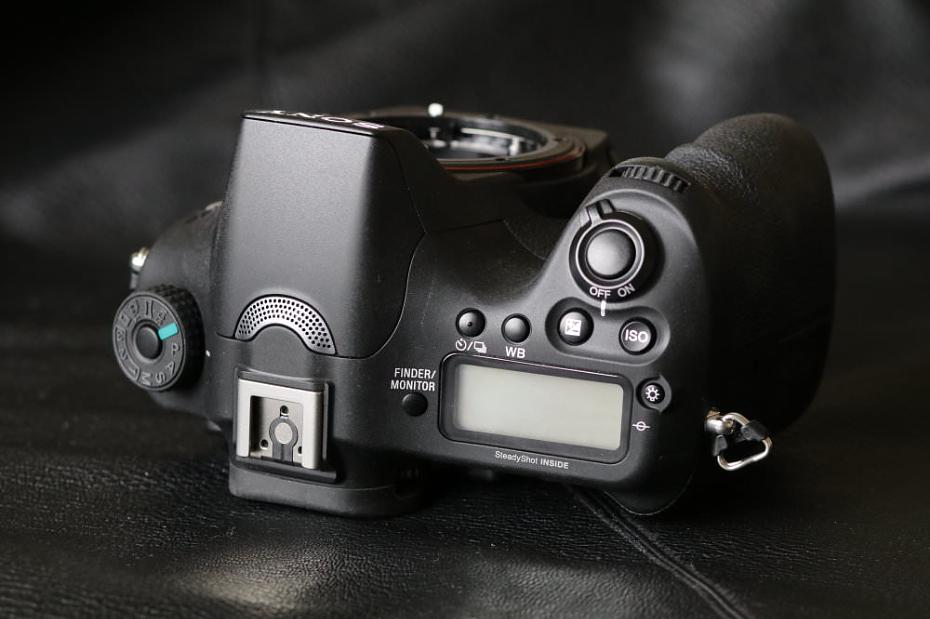
The Sony Alpha A68 feels solidly built with a plastic camera body and good rubber grip for your right hand and thumb. With a good sized grip for your hand the camera is comfortable to hold, and gives a secure grip even when holding the camera with one hand, although depending on the lens you use, with larger lenses using two hands is recommended.
Like the Sony Alpha A58, the camera features a plastic front lens mount, although this doesn't seem to have caused any problems for users of the A58, which has now been on the market for around 3 years. There are a good number of controls and buttons on the camera making it quick and easy to change settings, and there's a control wheel on the back of the camera, which (along with the front control wheel) gives you easier access to aperture and shutter controls in manual mode.
The focus points cover a wide area of the frame, with 79 focus points, and the camera's focus system is excellent quickly showing you exactly where the camera is focused at all times. Focus was also very reliable with a high success rate.
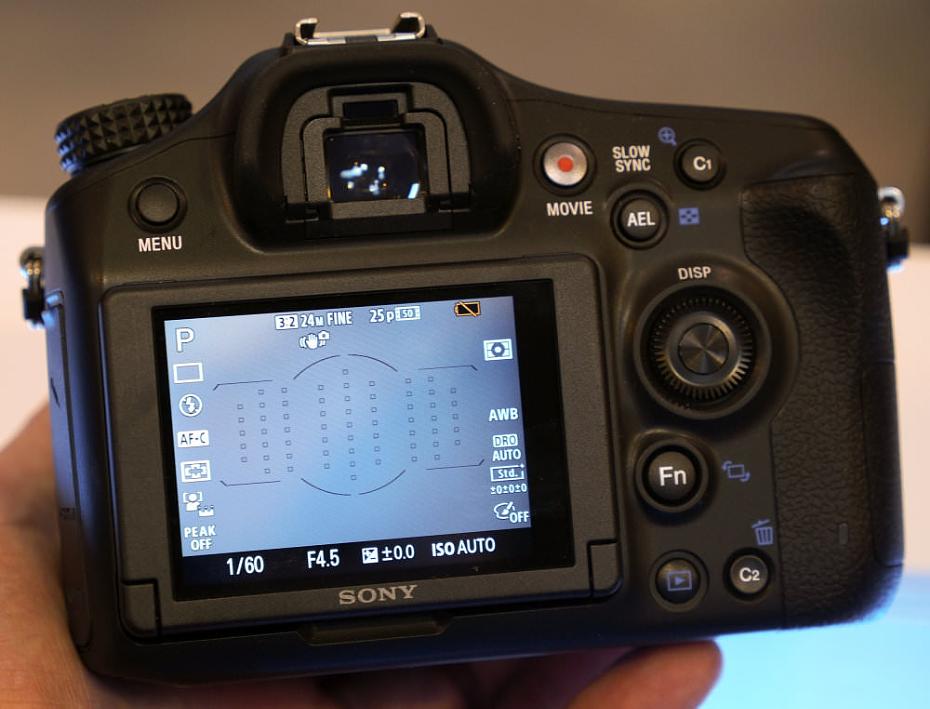
Sony Alpha A68 Screen Focus Points
The electronic viewfinder (EVF) is comfortable when held up top your eye, with a good sized rubber eyecup, although the 1.44million dot resolution does not match other cameras with electronic viewfinders. The camera will automatically switch from the screen to the EVF when you hold the camera up to your eye, or you can choose which one you want to use manually with the Finder / Monitor button on top.
The 2.7inch screen is smaller than every other interchangeable lens camera available (not including the A58), which is particularly disappointing considering that even cheaper mirrorless cameras and DSLRs have larger, higher resolution screens. Whilst the 460K dot resolution is reasonable, the screen doesn't look great and is not a gapless design which means the contrast isn't very good. The screen isn't a touch-screen either, which is becoming more and more common and can make it quicker to change settings or set the focus points.
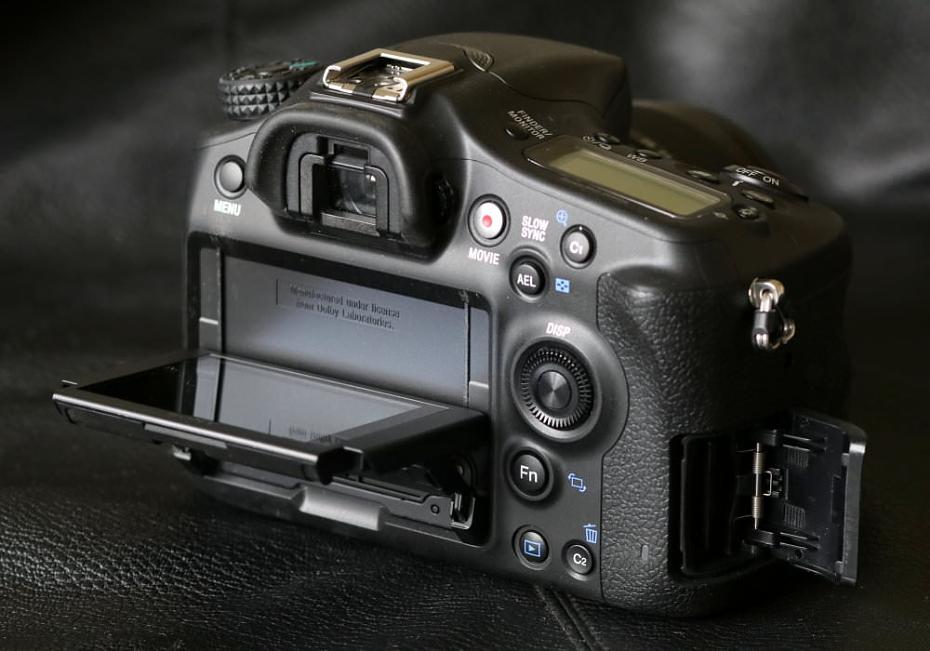
The top LCD screen is illuminated, making it easier to view settings in low light from above the camera, or you can tilt the screen upwards. The menus are clearly laid out and will be familiar to anyone who has used other recent Sony cameras.
Battery life - Battery life is rated at 580 shots according to Sony / CIPA test results, which is very good,
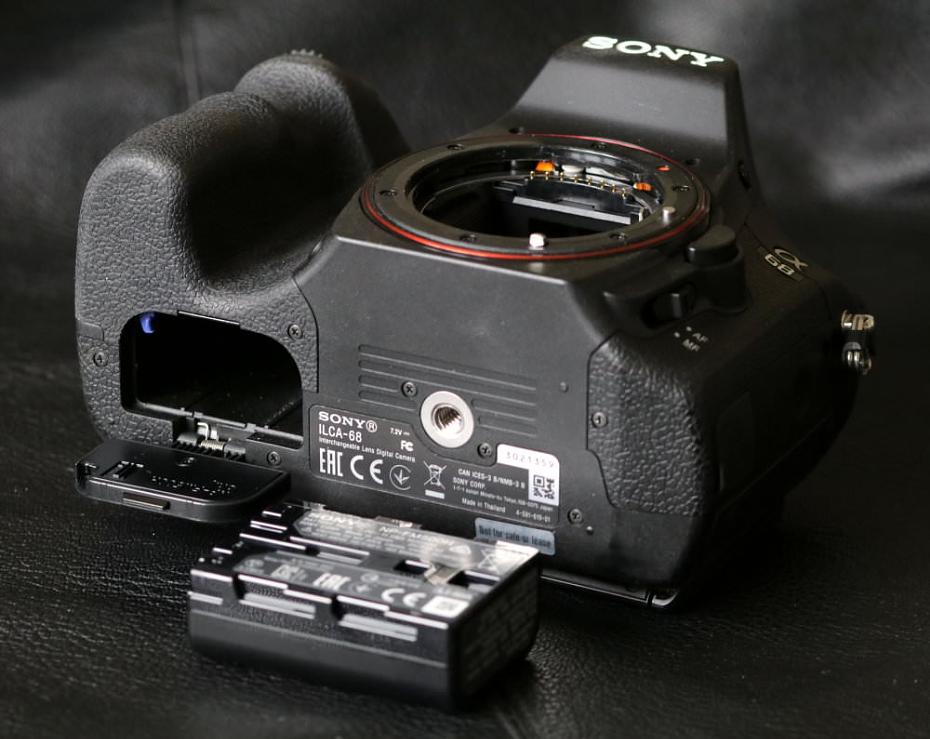
Sony Alpha SLT-A68 Performance
The performance section is where we look at the image quality performance of the camera. Additional sample photos and product shots are available in the Equipment Database, where you can add your own review, photos and product ratings.
Speed - We took a number of shots to test the camera's responsiveness, from switch on to first photo, shot to shot, focusing speed etc. We take a number of shots and then use the average to ensure accurate and consistent tests, making it easy to compare with other cameras.
| Shutter Response | <0.05secs |
| Wide - Focus / Shutter Response | <0.1secs |
| Full zoom - Focus / Shutter Response | 0.125secs |
| Switch on Time to Taking a Photo | 0.9secs |
| Shot to Shot without Flash | 0.5secs |
| Shot to Shot with Flash | 1.1secs |
| Continuous Shooting - JPEG (shots before slow down) |
5fps (30 shots) |
| Continuous Shooting - Flash | 0.8secs |
| Continuous Shooting - RAW | 5fps (8 shots) |
8fps high-speed shooting mode is at a reduced resolution, and manual shooting isn't an option, neither is raw, and the camera shoots using a cropped area of the sensor.
Sony Alpha SLT-A68 Sample Photos
Sample Photos - The camera has good colour, and with reliable focus, along with face detection, portrait photos come out sharp and correctly focused, giving a good success rate for portrait photos. Dynamic range benefits from the camera's built-in DRO (Dynamic Range Optimisation) settings, which can be left to automatically improve the dynamic range recorded or you can set this yourself manually. If you want even more dynamic range recorded, you can use the HDR (High Dynamic Range) mode that combines three shots at different exposures, automatically, in the camera.
Sony Alpha SLT-A68 Lens test images
Lens Performance - The Sony 18-55mm lens didn't perform particularly well, and for better results a prime lens, or alternative zoom lens is recommended. However, there is little distortion visible using the lens compensation correction built into the camera, and there are options to correct shading (vignetting), chromatic aberrations, and distortion. Macro performance and close focusing ability of the lens is reasonably good. Results from the Sony 70-300mm f/4.5-5.6 G SSM II were much better, and you can view a number of sample photos from this lens, here.
Sony Alpha SLT-A68 ISO test images
ISO Noise Performance - Noise performance is slightly worse than the 24-megapixel Canon EOS 80D, EOS 750D, and also worse than the Sony Alpha A6300, which has a newer sensor with improved noise performance. Another issue with noise on the A68 is that coloured noise can be an issue in shadows, which can make recovering under-exposed photos frustrating. Noise performance is good up until around ISO1600 to ISO3200. And at ISO3200 to ISO6400 we are likely to be at the highest settings we'd want to use. There are options to set noise reduction to off, low, and normal, and on the lower ISO settings noise was particularly noticeable.
Sony Alpha SLT-A68 White-balance test images
White Balance Performance - Auto White Balance gives a warm result under tungsten lighting, with the tungsten preset giving a more accurate result. The AWB gives very good results under fluorescent lighting, with the fluorescents giving a slight colour cast depending which setting you choose. The AWB also performs well under mixed lighting.
Sony Alpha SLT-A68 Digital filters
Digital Filters - There are a number of picture effects, that let you apply digital filters to images including with examples shown above, although when shooting using the creative effects, the camera will record JPEG images only. Panoramic shooting is good with the camera capable of taking 15-megapixel panoramic images, with good levels of detail, and you can simply press the shutter release button and pan the camera from one side to the other with the camera automatically stitching the images together.
Video - Video is recorded at FullHD resolution (1920x1080) at 50MBps (XAVC S), with frame rate options of 60, 50, 30, 25, and 24fps, and the camera has built-in stereo microphones and full-time AF. For improved audio performance, there is a microphone socket on the side so that you can use an external microphone. Video performance was generally good, although the camera didn't give particularly good results in low light. Unfortunately, the camera uses electronic image stabilisation for video recording, instead of using the sensor-based image stabilisation system. A video recorded in low light at ISO12800 can be found here.
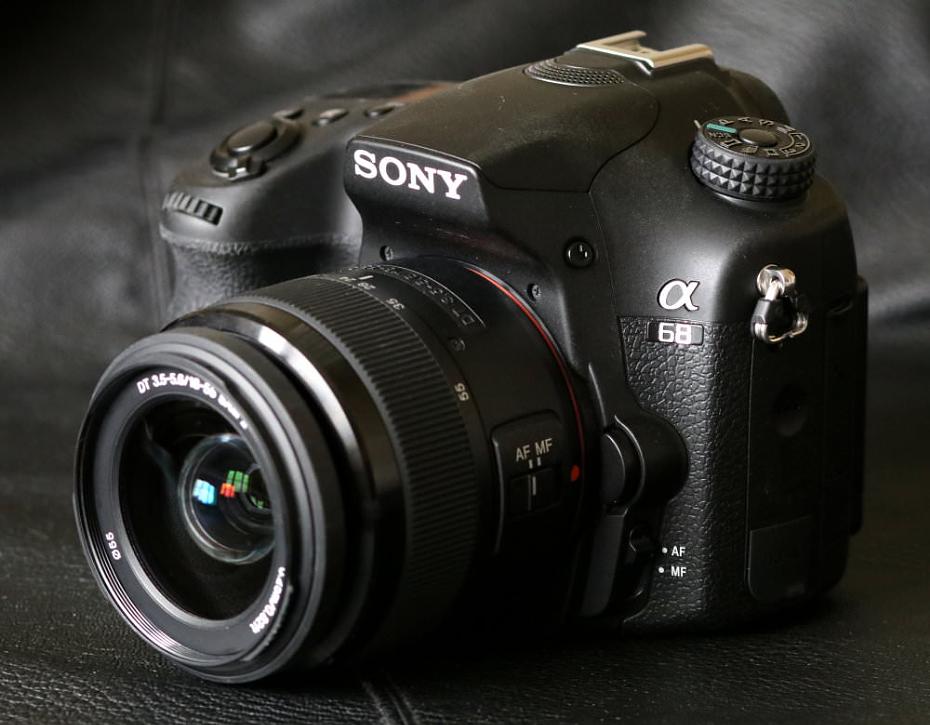
Value For Money
The Sony Alpha A68 is available for £509 with 18-55mm II kit lens. Alternative Digital SLRs available include the following:
Pentax K-S2, 20mp, 3inch vari-angle screen, 5.7fps, in camera IS, Wi-Fi, weather-sealed, £479 with kit lens
Canon EOS 750D, 24mp, 3inch vari-angle touch-screen, 5fps, Wi-Fi, £515 with 18-55mm lens
Canon EOS 760D, 24mp, 3inch vari-angle touch-screen, 5fps, top LCD, Wi-Fi, £549 body only
Nikon D5500, 24mp, 3.2inch vari-angle touch-screen, 5fps Wi-Fi, £529 with 18-55mm VR II
Alternative mirrorless cameras with an EVF includes:
Sony Alpha A6000, 24mp, 3inch tilting screen, 11fps, Wi-Fi, £499 with 16-50mm lens
Fujifilm X-T10, 16mp, 3inch tilting screen, 8fps, Wi-Fi, £549 with 16-50mm lens
Panasonic Lumix G7, 16mp, 3inch vari-angle touch-screen, 8fps, 4K video, Wi-Fi, £499 with lens
Olympus OM-D E-M10 Mark II, 16mp, 3inch tilting touch-screen, 8.5fps, in camera IS, Wi-Fi, £429 body only
Have a look at more APS-C DSLRs in our Top 10 Best APS-C DSLRs. You'll also need to buy a memory card and a case or bag to keep your camera safe and protected - have a look at our complete guide to camera bags.
Sony Alpha SLT-A68 Verdict
If you look at the alternatives available, you can choose between a DSLR, and all of the competitors at this price point feature built-in Wi-Fi. Looking at the mirrorless alternatives, all of these also offer Wi-Fi, as well as quicker continuous shooting at full resolution. All of the other cameras feature a larger screen, and some of these are touch-screens as well. You can also get higher speed shooting from the Sony Alpha A6000, as well as built-in Wi-Fi.
However, where the A68 scores well, is the inclusion of a top LCD screen, and if you want this from another camera then you'll need to look at the more expensive Canon EOS 760D. The camera also features in-camera image stabilisation, although this is also available from the cheaper Pentax K-S2 and Olympus OM-D E-M10 Mark II. The A68 also features 79 AF points, with 15 cross-type sensors, and is sensitive down to -2 EV which makes the camera particularly good at focusing in low-light.
The A68 offers an upgrade path for those people who have bought a Sony Alpha A58 or a previous camera, but it's a shame that the camera doesn't match some of the competitors in terms of offering a good screen, and built-in Wi-Fi - something that is expected on almost all cameras these days, particularly ones in this price range.
Anyone looking for a replacement for the now discontinued A65 is likely to be disappointed by the A68, and the A77-II is a much more impressive camera, with 12fps continuous shooting, high-resolution screen, high-resolution EVF, built-in Wi-Fi, and weather-sealing. If the Sony Alpha A68 price drops noticeably over time, then it could become a bit of a bargain, but in our opinion, the Sony Alpha A6000 is significantly better, at a lower price point.
The Sony Alpha A68 would make a good upgrade for A58 users and is recommended for that reason but otherwise, it's a little difficult to see the appeal when Sony mirrorless cameras offer more.
